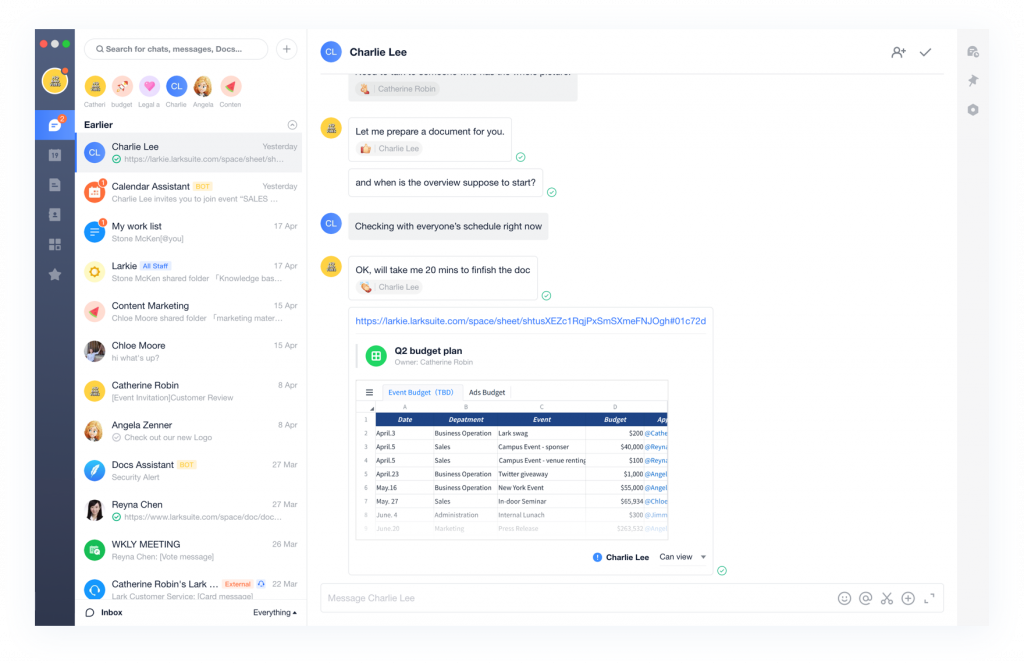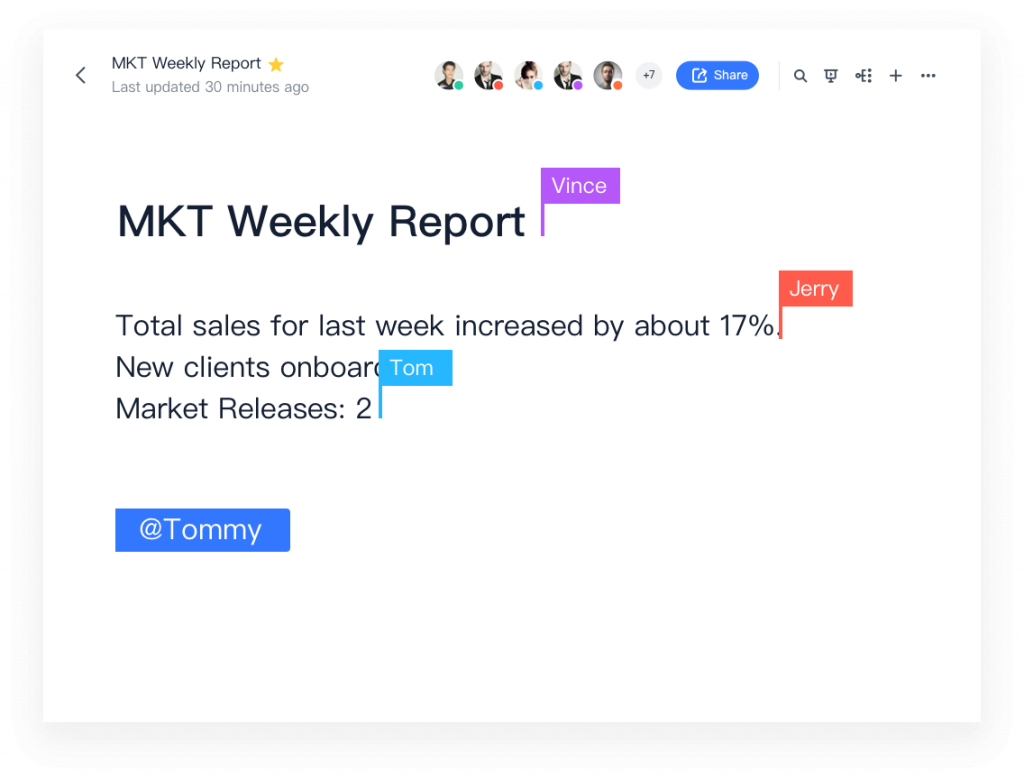Reinforcing the workplace with tools that help prepare employees to take on today’s global market

We’ve all been there — you’re chatting with team members on one platform, but a document link comes through to a different platform you’re not quite familiar with. Or you’re trying to organise deadlines and tasks but the calendar you’re using doesn’t show the to-do list clearly enough, and the next thing you know, you’ve confused one thing for the other!
It can be surprisingly difficult to get whole teams on the same page in terms of productivity, despite the wide availability of messaging tools, social network apps, and conferencing platforms. This is because organisational silos are one of the biggest barriers to collaboration.
Integrated platforms are imperative
Businesses that have organisational silos tend to find themselves prioritising different things and butting heads over miscommunications more often. According to research by IDC, organisations use 4.4 different apps and at least 3 different service providers on average. This causes problems with sharing critical information, as well as interoperability challenges for IT.
Collaboration solutions are in high demand by business managers looking to break the silo mindset. There are plenty of startups and app developers who claim to have solved a myriad of issues to make collaborating more seamless; from integrated messaging platforms to file-sharing sites, to task management platforms and synced calendars.
Plenty of businesses use these apps — but there are still issues that persist when using platforms that cherry-pick specific functions rather than integrating them as a whole. This is why one of the main issues businesses often encounter is getting employees on board. As an employee, it can sometimes feel like an app overload when management introduces multiple platforms in a well-meaning effort to improve productivity.
Collaboration tools that fail often have common reasons for not catching on. Firstly, if they don’t add value to an employee’s everyday work routine, employees simply won’t use them. In order to give employees more of an incentive to actually learn and use a new tool, it must be able to solve an existing problem or replace a cumbersome process. According to Deloitte, only 38 percent of workers get any satisfaction out of “tools and technology” they’re given at work.
Secondly, collaboration tools must have simple, straightforward interfaces that are user-friendly and easy to learn. Complicated tools will put employees off, and be seen as just another difficult and inefficient waste of time and resources. There must be a balance between too few features and too many — too few will be seen as useless, and too many are seen as clutter.
Finding modern solutions to modern problems
In a modern workplace that’s fast-paced and constantly seeking growth, businesses are in need of modern solutions that can grow and scale with them. IDC’s research shows a number of current trends impacting how the workplace will be best dealt with by future-proofed businesses. With AI and automation becoming a more permanent presence in business processes and a younger, more diverse workforce emphasising the importance of staff well-being in order to drive innovation, businesses will do well to adopt a workspace model that is flexible, intelligent, and collaborative.
Digitalisation is a key step to fostering better collaborative attitudes in the workplace, and most businesses are recognising this. There is a growing interest in collaborative solutions across a wide variety of industries, including banking and financial services, manufacturing, and retail. Interest in cloud and mobility to accelerate digital transformation, as well as huge advances in technology are driving this move to the digital sphere.
By 2022, more than 85 percent of the worldwide team collaborative applications market is expected to have full cloud capabilities, and more than 50 percent of enterprises are likely to leverage on communications platforms as a service (CPaaS) by 2020, says the IDC report.
Integrated platforms such as Lark have proven themselves to be the way forward in the workplace, with companies of every size seeking ways to become more collaborative and productive than ever. IDC reveals that 33 percent of organisations in Asia-Pacific have already implemented such tools in their own day-to-day business to help streamline workflow and facilitate better engagement between employees and partners.
Cost efficiency is a major benefit of using collaborative solutions, thanks to standardisation and reductions in the need for maintenance, updates, and support. These tools also offer improved customer service and a marked increase in workplace productivity when employees feel like they can do their job better.
Having a team that runs like a well-oiled machine and produces excellent work only leads to good things — a happier and more fulfilled work environment, better work-life balance, and an overall future-ready position. Organisations that are able to achieve “digital at scale” across their operations are dubbed ‘Future Enterprises’ by IDC, and undoubtedly stand out from the crowd.
The future of productivity
Team collaborative apps play a key role in fostering these Future Enterprises. It is here where Lark, a beautifully simple but powerful collaborative platform, can help drive businesses forward.
Everyday tools and work processes combine into a single interconnected platform on Lark, and always function in sync so you can get on with your day seamlessly.
Lark stops the problem of silos in its tracks. It is built for modern enterprises that hate wasting time jumping between platforms and constantly updating them in an ever-evolving work environment.
Instead, with Lark, you get an integrated platform that lets you chat with teammates, organise multiple calendars and deadlines so everyone’s on the same page, and work on online collaborative documents without ever missing a beat.

Instead of employees who would rather be doing their house chores or handling junk mail than navigating multiple communications apps, Lark helps streamline the most important parts of the workday to foster a more effective, productive workforce.
Employees who feel like they can really contribute to the company and be productive team members are happier overall, which leads to a healthier and ultimately more profitable business.

Find out how your team can do better. Explore what Lark can do for you, and join their webinar ‘The Future Talks’, a series that helps businesses paint a picture of the future and how it works.
The post Collaborative platforms are the way forward for future-ready enterprises appeared first on e27.